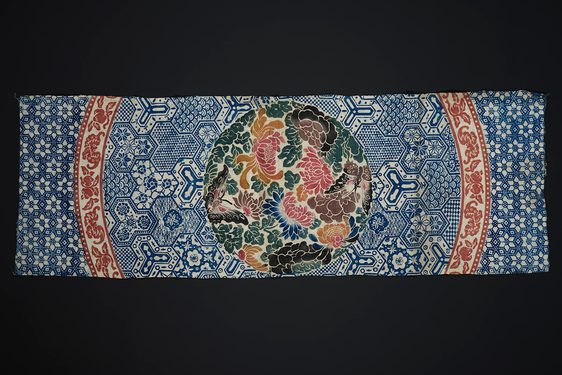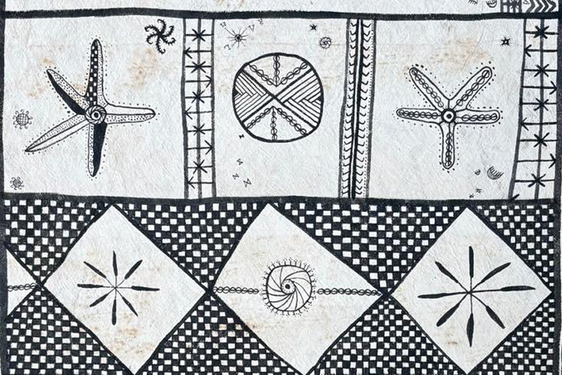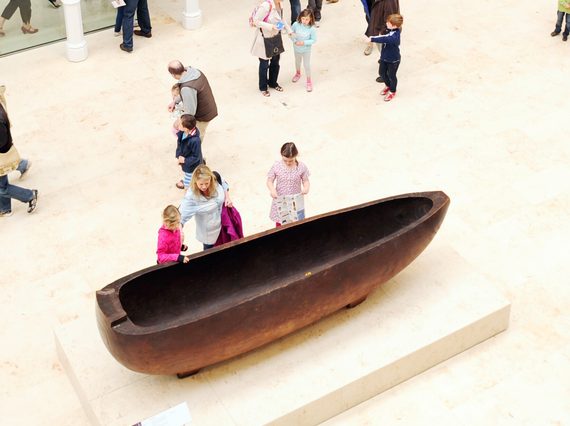
Feast bowl: From the Pacific Islands to Scotland
News Story
A massive feast bowl in our collection, known as an umete, comes from Atiu, one of the Cook Islands in the Pacific.
Form and function
This boat-shaped bowl is carved from a single piece of tamanu wood, also known as island mahogany. Tamanu trees have special significance and people are often buried in places where they grow.
Holding up to 300 gallons, it would have been used to serve food at communal feasts. These are an important part of Cook Islands culture, with food being a measure of prosperity. Although functional objects like this feast bowl are often undecorated, its immense scale would have emphasised the high status of its owner.
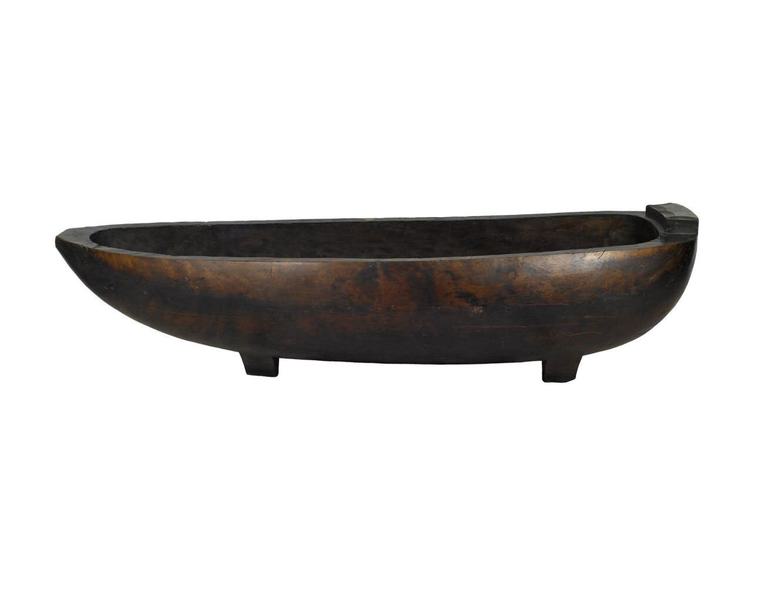
Feast bowl. Museum reference A.1895.359.
The feast bowl’s journey to Scotland
In 1871, Parua, the high chief of Atiu, gifted this bowl to a chieftainess of the neighbouring Society Islands. It was transported there by canoe across a distance of over 500 miles.
The bowl was inherited by the Tahitian princess, Titaua. Titaua was married twice. First in 1856 to Scottish trader John Brander, and after his death in 1877, to George Darsie from Anstruther, Fife. John and Titaua were a formidable couple with connections across the Pacific. They amassed a vast collection of important cultural artefacts.
In 1892, Titaua and George retired to Anstruther, bringing the feast bowl and other artefacts with them. They hosted British and Pacific dignitaries including members of the Hawaiian royal family in Fife.
In 1895 Darsie sold a number of objects to the Museum, including the bowl. He also sold jewellery, tools, and a chief’s headdress made by Pacific Peoples.
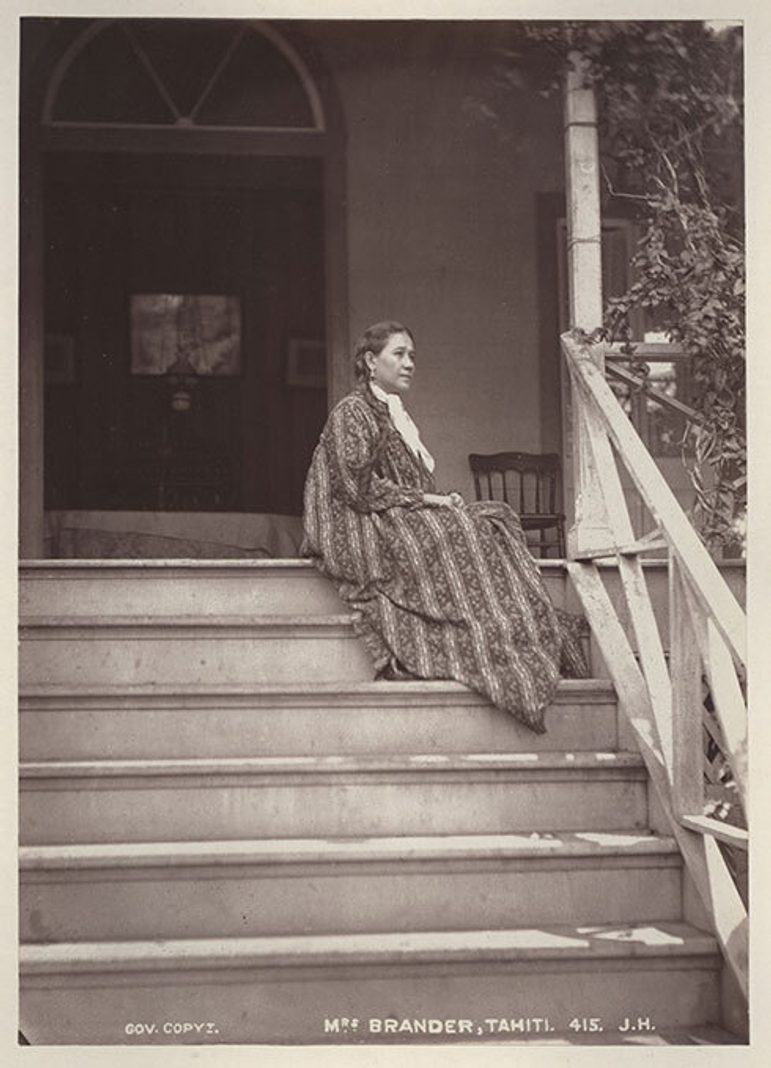
Princess Titaua, photographed in Tahiti in 1883.
The feast bowl stands in the Grand Gallery at the National Museum of Scotland.
